Staples of Neapolitan potatoes
Who has never bitten a staple of potatoes it cannot know what true softness is. Soft as a cloud, with a delicate texture that melts in the mouth, a sweet and balanced taste and the sugar that remains on the hands and chin. These they are the real Neapolitan potato staplesloved by all, originally prepared for Carnival but, today, consumed at all times of the year, bought at chalet on the Caracciolo waterfront or homemade. Each Neapolitan family keeps its personal recipe, which is handed down from generation to generation, but the basic ingredients are always the same: yellow-fleshed potatoes, flour, eggs, butter, yeast and salt. Some then add the lemon zest, or a little honey or sugar to sweeten the dough, or milk. We offer you a truly infallible recipe for potato staples, to get them very soft with ease! Our process requires the use of a planetary mixer, but you can also knead by hand. And if you are curious to discover other Carnival preparations, read our article on the 10 Carnival sweets typical of the Italian tradition!
Ingredients for 20 staples
- Warm milk: 120 ml
- Flour 00: 130 g
- Fresh brewer’s yeast: 10 g
- Yellow-fleshed potatoes: 300 g
- Manitoba flour: 400 g
- Eggs: 2 large
- Granulated sugar: 50 g
- Soft butter: 100 g
- Acacia honey: 10 g
- Lemon: 1
- Fine salt: 5 g
- Peanut oil: 1 l
- Preparation: 20 minutes
- Cooking: 40 minutes
- Total: 1 hour
- Calories: 377 kcal/portion
Preparation
Start by preparing the yeast: sift the 00 flour into a bowl.
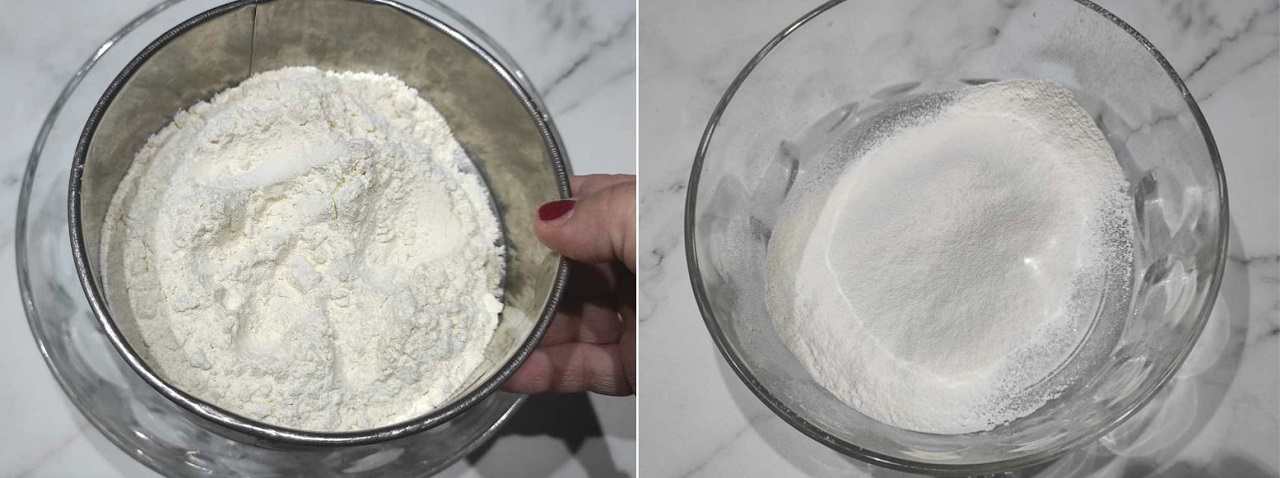
Pour the milk into a cup and heat it for 30 seconds in the microwave. When hot, add the brewer’s yeast and let it dissolve, stirring with a teaspoon.

Pour milk and yeast into the flour and mix them until you get a creamy and homogeneous mixture.
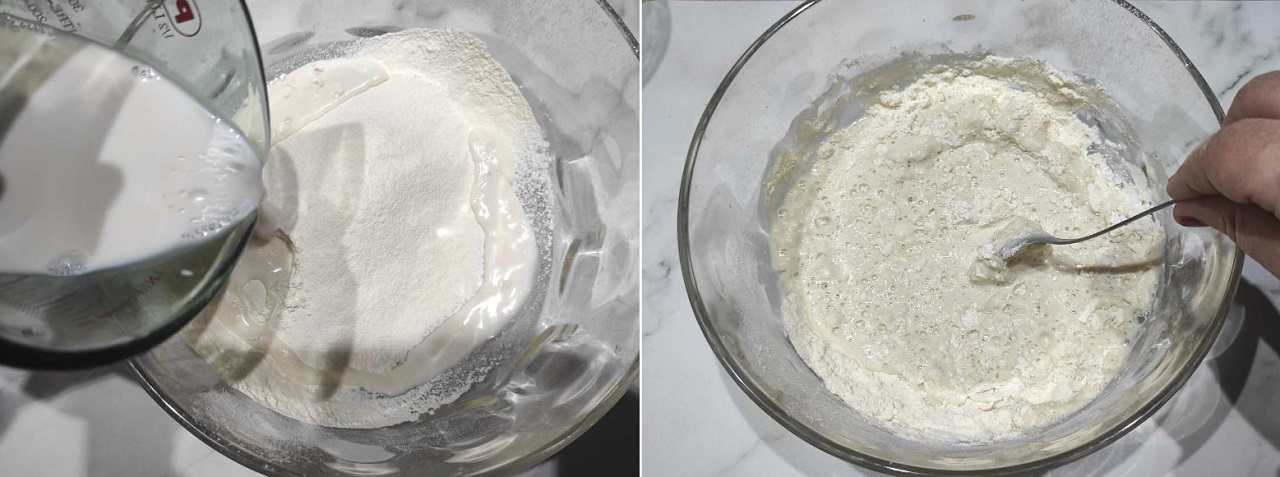
Cover the yeast with the transparent film and let it rise in the oven off with the light on for 1 hour. Alternatively, let it rise at room temperature but cover it first with plastic wrap, then with a woolen blanket.
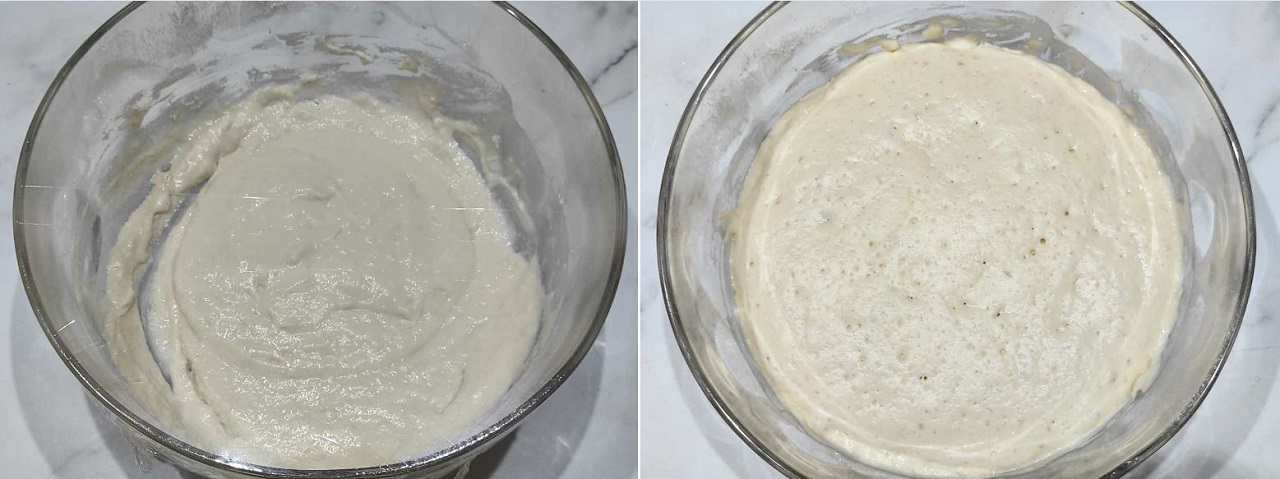
Take care of the potatoes during leavening: wash them carefully under running water and put them in a large saucepan with plenty of water. Place the pan on the heat and let them boil for about 30/40 minutes. The time varies according to the size of the potatoes. To be sure, you can try to pierce them with a fork: if they are soft, they are cooked.
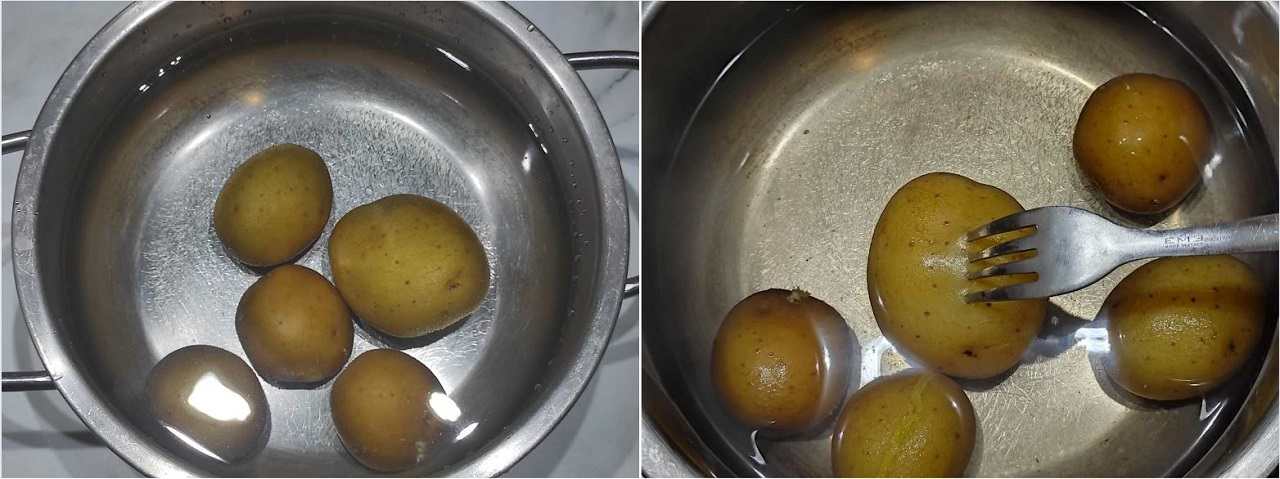
When cooked, drain them and let them cool. If you want, you can remove the peel, otherwise you can leave it and mash the whole potatoes with a potato masher: the peel will remain in the machine. Let the puree cool completely.

In the bowl of the stand mixer, sift the manitoba flour and add the honey and salt.
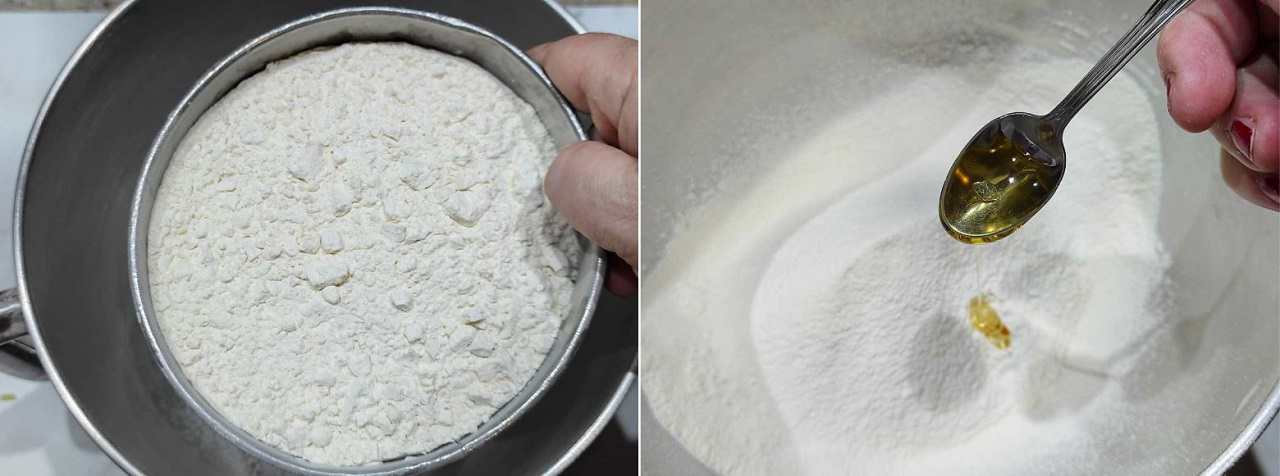
Also add the 50 g of granulated sugar and the very soft butter. We therefore advise you to take it out of the fridge in advance or, alternatively, to cut it into small pieces and put it in the microwave for 10 seconds.
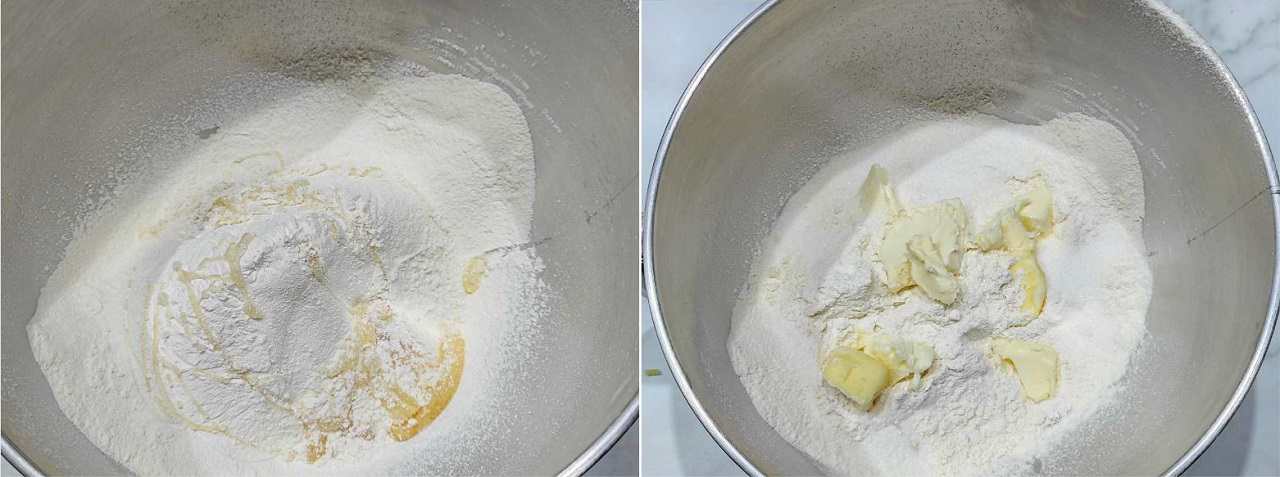
Thoroughly wash and dry an untreated lemon and, using a grater with narrow holes, grate the peel, taking care not to include the part
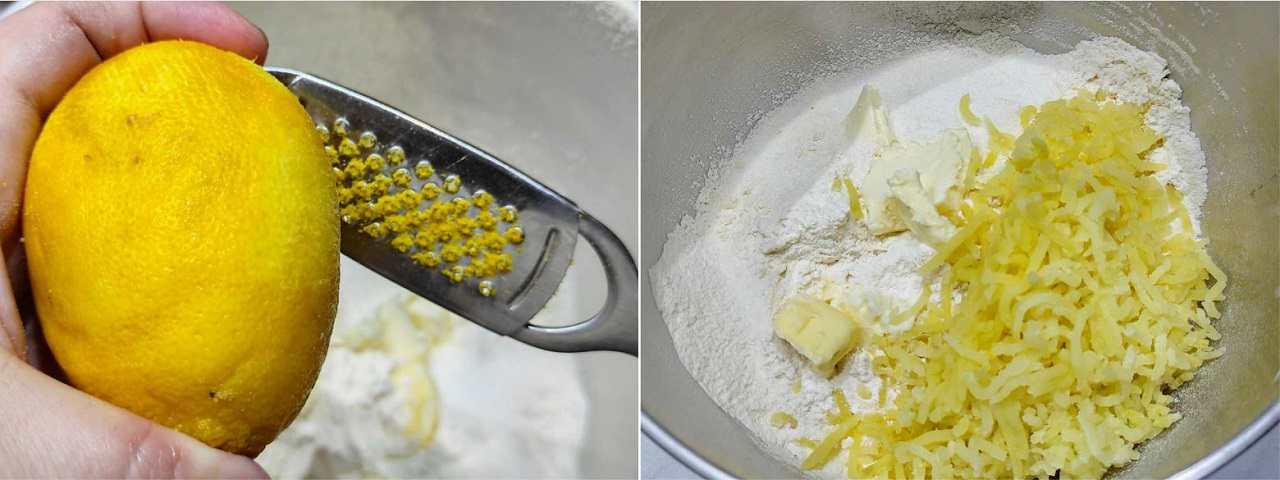
Mount the leaf on the planetary mixer and start the machine at speed 1, until you obtain a crumbly mixture. If you don’t have a planetary mixer you can knead by hand, it will just take a little more time and strength.
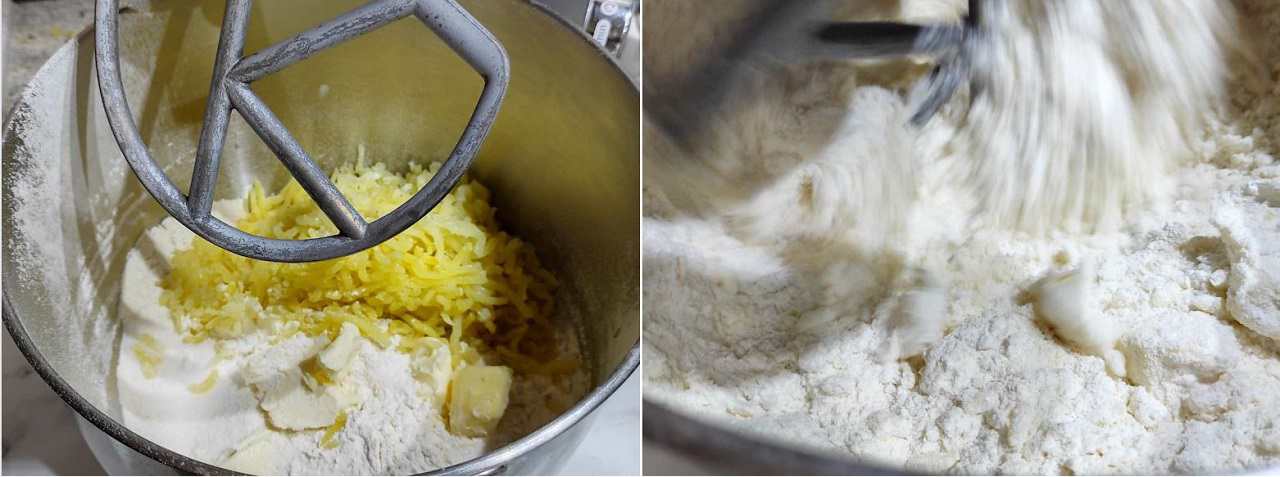
Beat the eggs in a separate bowl, then add them to the mixture. Leave the mixer at low speed at all times.
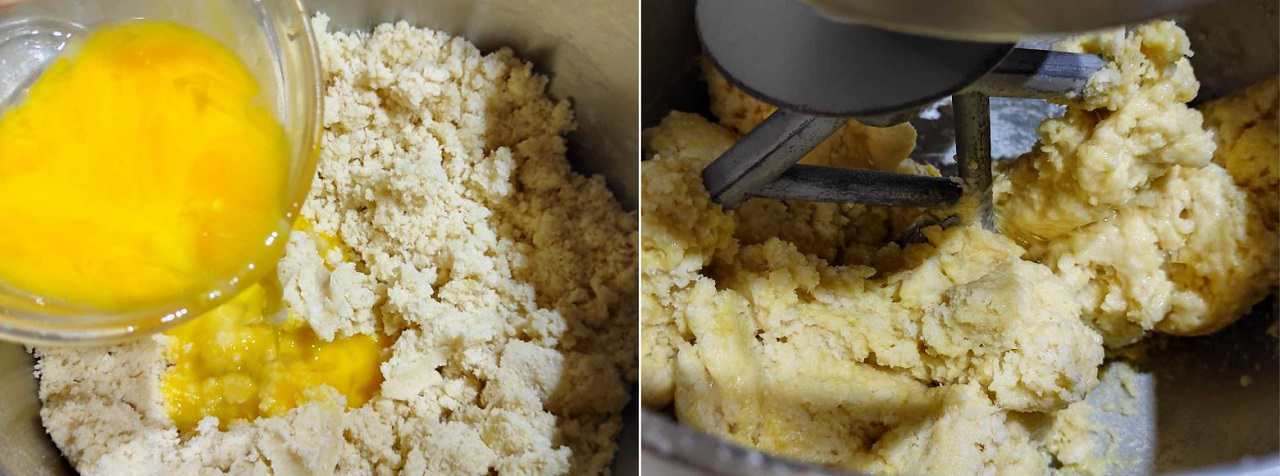
As soon as the dough is firm and compact, remove the leaf and mount the hook. Add the now ready yeast.
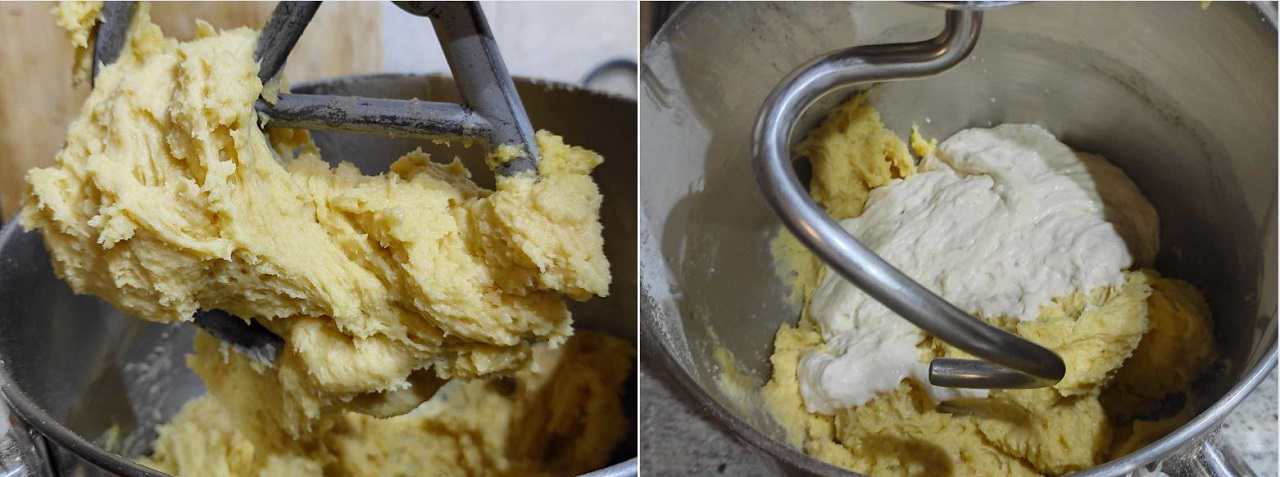
Continue to work the mixture with the planetary mixer at speed 1, until the yeast is well incorporated.
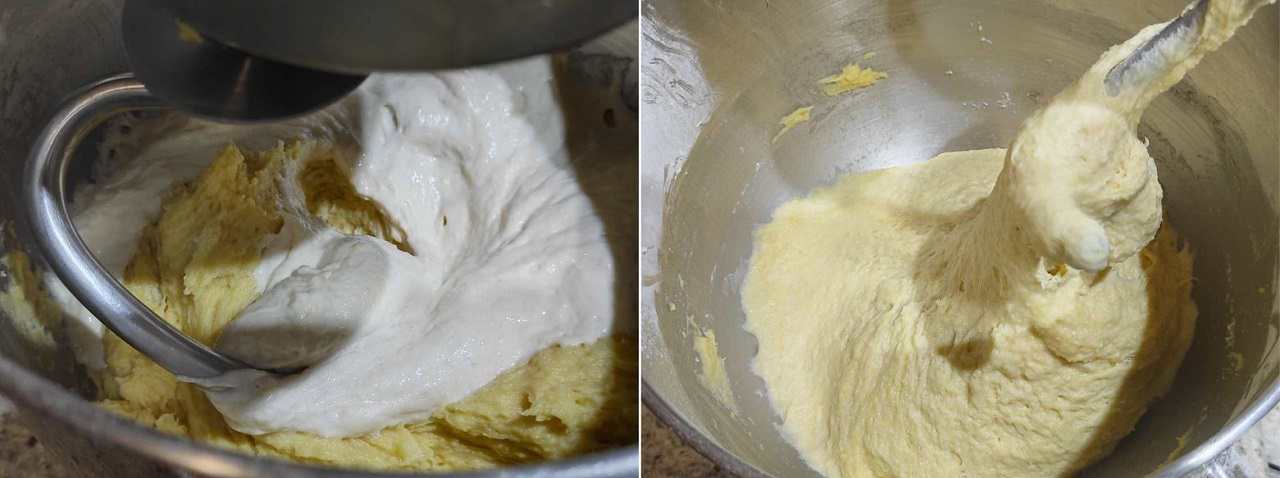
While the mixer is kneading, lightly butter a work surface. As soon as the dough is well strung, transfer it to the surface and work it by hand until you get a ball, which you’ll put in a bowl covered with transparent film.

Let the dough rise for 2 hours in the oven off with the light on. The ideal temperature for leavening the staple dough is between 26° and 30°. Let the dough rise until it doubles its initial volume.
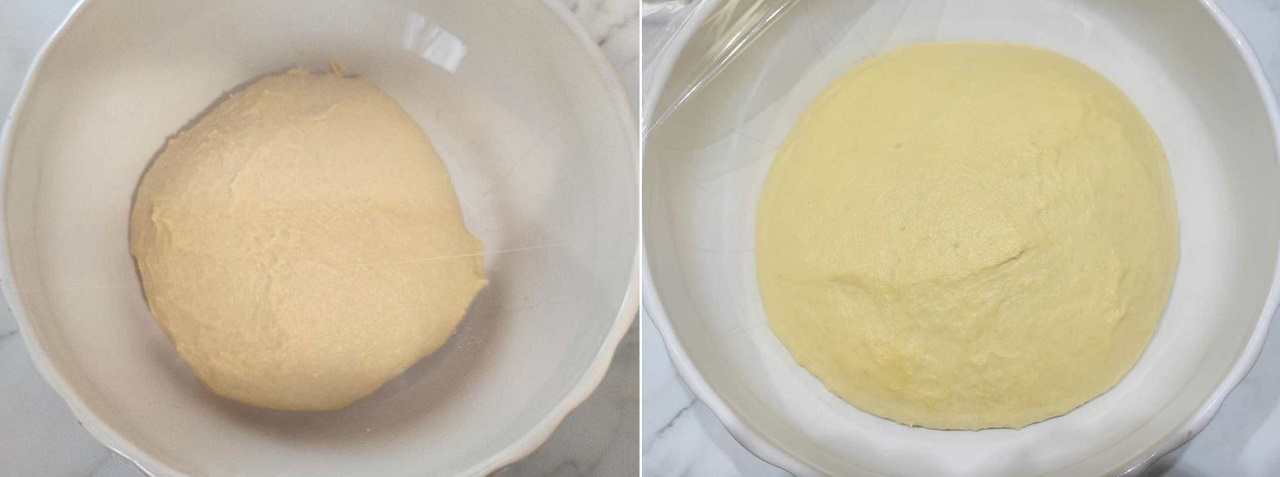
As soon as it has doubled, transfer it to the work surface greased with butter and shape it, giving it the shape of a loaf.
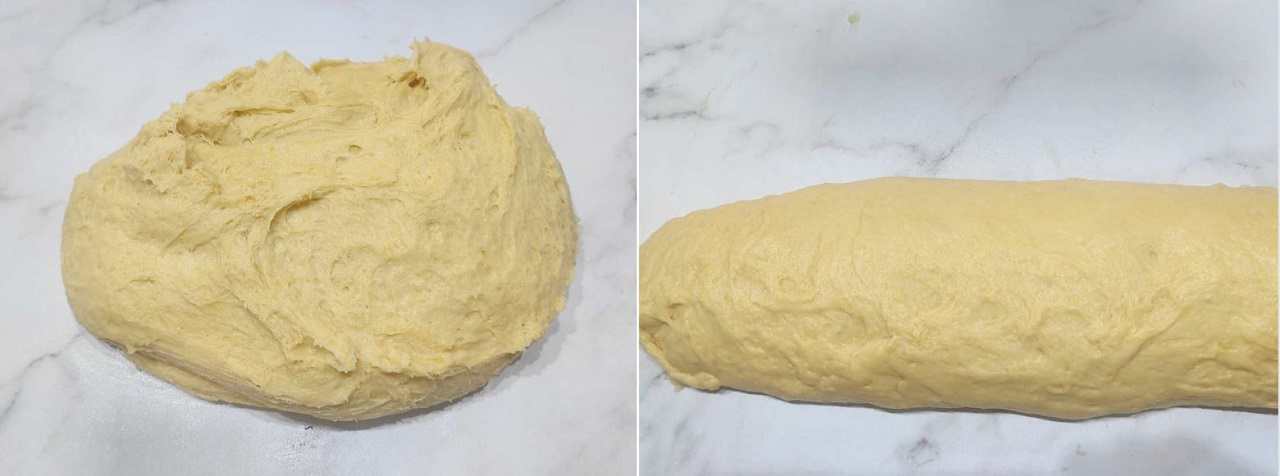
Cut the loaf into portions of about 60 grams each. Work each portion with your hands until you give them a spherical shape.
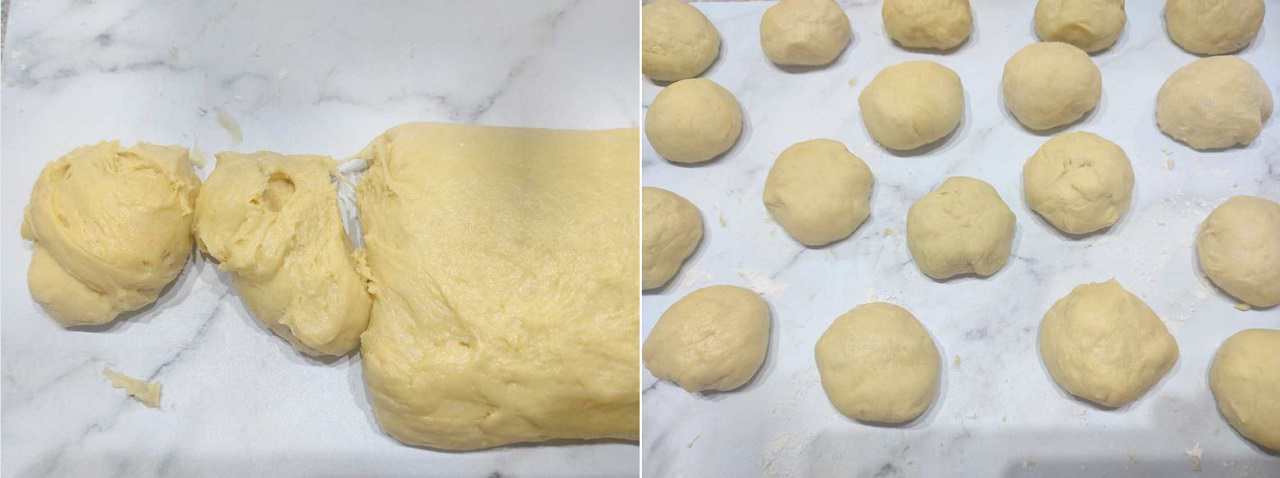
Flatten each sphere slightly and pierce it in the center using your fingertips. You will need to get about 20 staples.
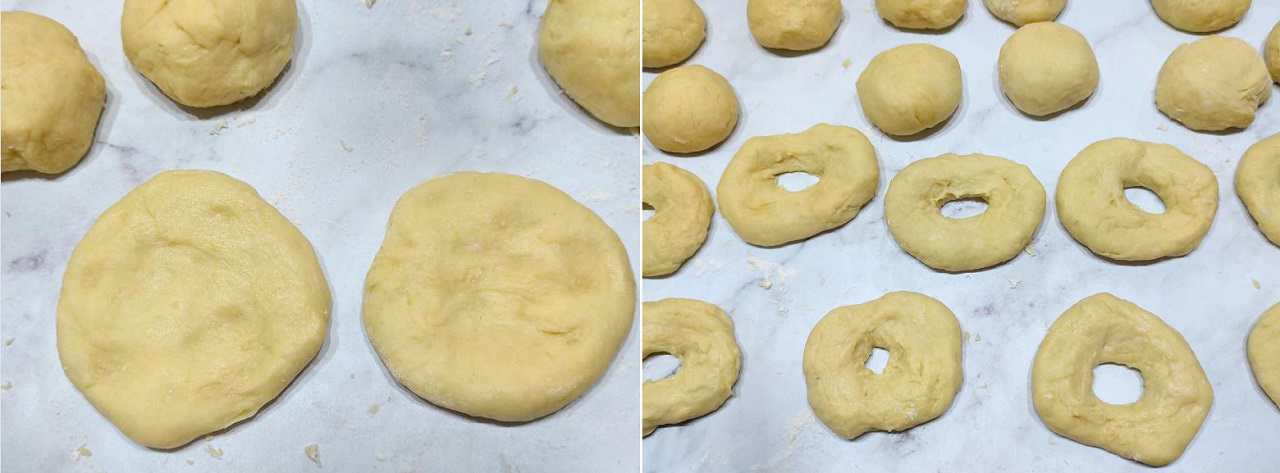
Pour the peanut oil into a thick-bottomed pan and turn the stove on to medium heat. Wait until the oil has reached 170°C, then dip one staple at a time.
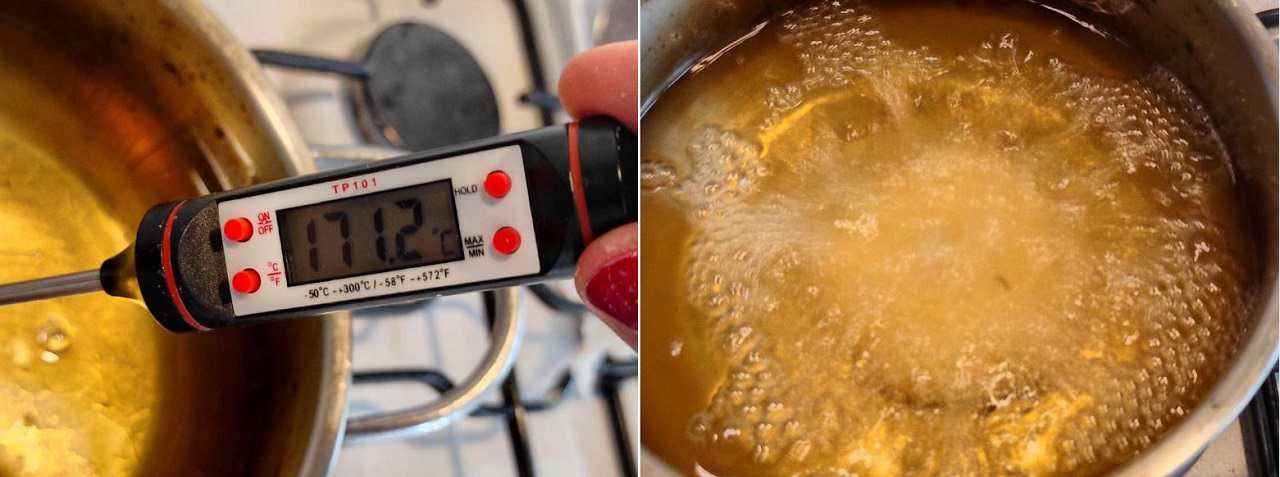
Turn the staples often with the help of a slotted spoon. Fry them for about 2 minutes, until they are evenly browned.
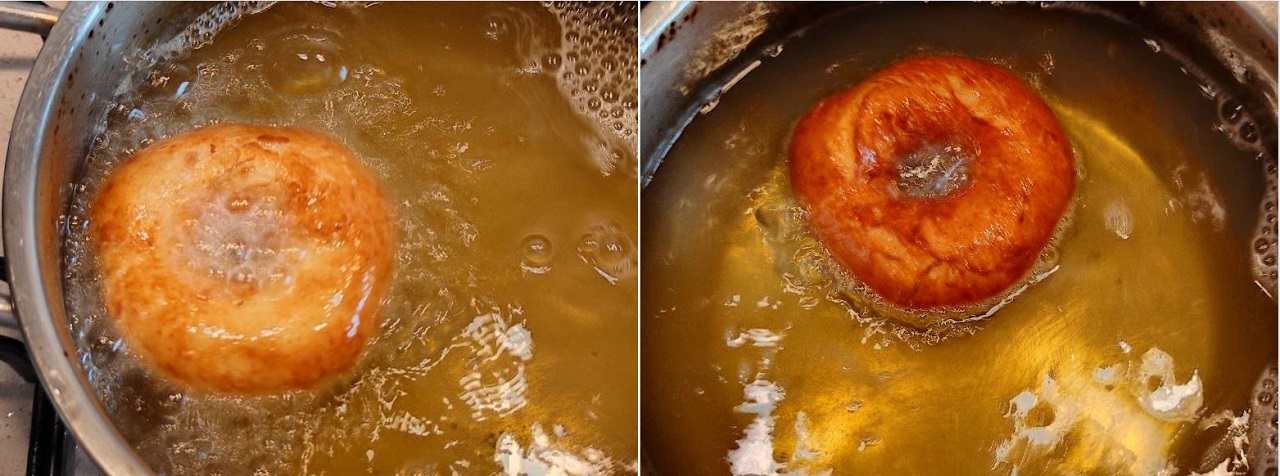
As soon as all the sides are well browned, drain them and let them dry on a tray lined with absorbent paper, so as to lose all the excess oil.
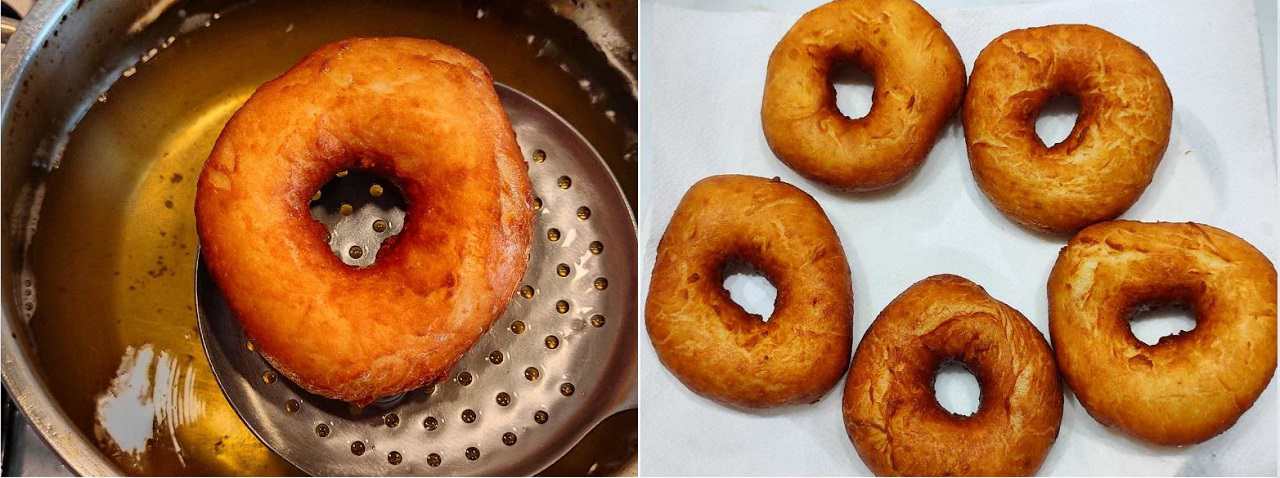
Pour the 150 grams of granulated sugar into a deep dish. Roll each donut in sugar while still hot.
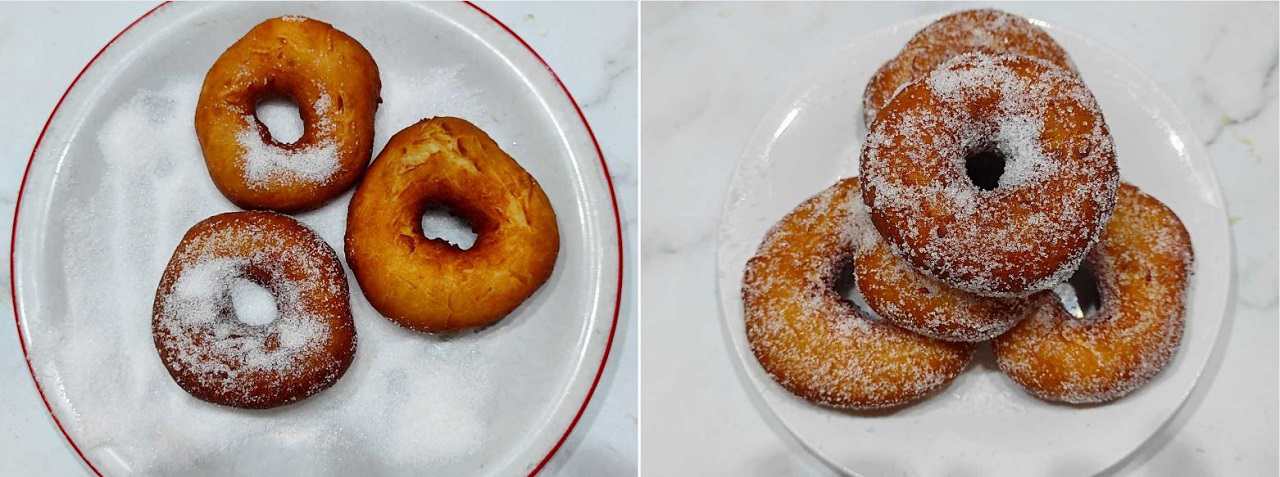
Serve immediately.
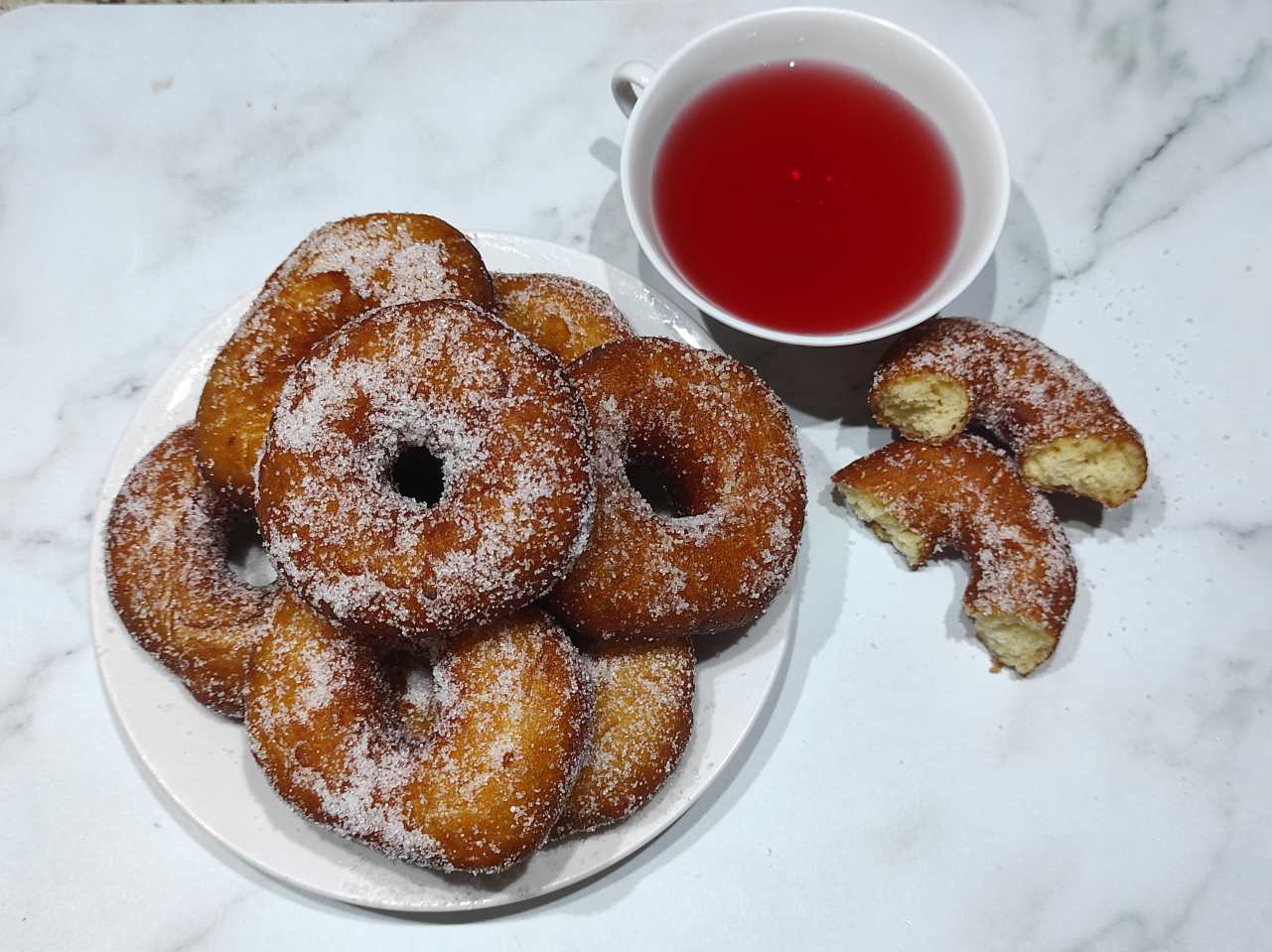
Advice and tips
The best potatoes for this preparation are the floury yellow-fleshed ones, which are cooked in their skins so that they do not absorb too much water.
If you have a cooking thermometer it will be easier for you monitor the oil temperatureor. You can find it for sale in supermarkets and online. Alternatively, you can try dipping a long toothpick into the hot oil: if bubbles appear, the oil is at the right temperature and you can start frying your staples.
Would be ideal to fry one staple at a timeso as not to lower the oil temperature too much and not compromise cooking.
We advise you to prefer peanut oil for this recipe, in order to guarantee optimal frying.
You can substitute fresh brewer’s yeast with 3 grams of yeast of dry beer.
You can use the zest of an untreated orange in place of lemon zest.
storage
We advise you to eat freshly fried staples. They can be stored under a glass bell or a clean tea towel for 5-6 hours maximum, then they will start to lose their fragrance. The next day they will become hard. We do not recommend freezing or storing them in the refrigerator.
History
Neapolitan graffe are a personalized reworking of German donuts. During the Austrian domination of the eighteenth century, following the Treaty of Utrecht of 1713, the city of Naples knew the typical fried donuts born in Graz and consumed during the Carnival period. The original German donuts contained potatoes, a food that is still particularly popular today in the northern Europe: the citizens began to make them their own, noting that this ingredient helped the cake dough to be very soft. The round shape of the donuts was changed to that of a donut and the name was Italianized into “staple”.
Ingredients for 20 staples
- Warm milk: 120 ml
- Flour 00: 130 g
- Fresh brewer’s yeast: 10 g
- Yellow-fleshed potatoes: 300 g
- Manitoba flour: 400 g
- Eggs: 2 large
- Granulated sugar: 50 g
- Soft butter: 100 g
- Acacia honey: 10 g
- Lemon: 1
- Fine salt: 5 g
- Peanut oil: 1 l
- Preparation: 20 minutes
- Cooking: 40 minutes
- Total: 1 hour
- Calories: 377 kcal/portion





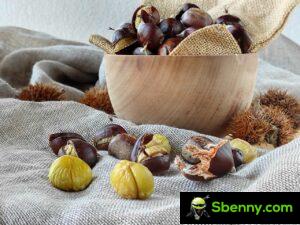

Start a new Thread